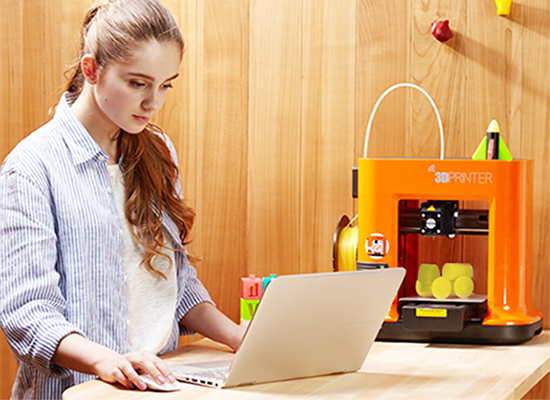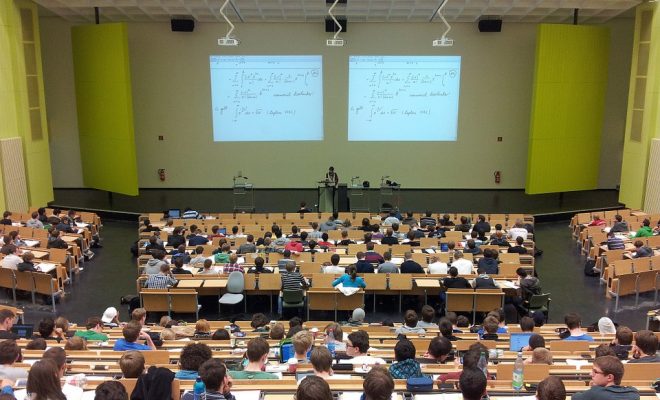What the Heck is a Makerspace?

Makerspaces are popping up across the nation, but a startling number of educators are unfamiliar with the premise. So, what the heck is a Makerspace? It’s a doorway to a new learning paradigm. It’s designed to help teachers and students of all ages engage in an exploration of various STEAM subjects.
Primary Principles behind a Makerspace
A makerspace brings a broad range of resources into a single learning environment. It combines features of science labs, art studios, computer labs, wood and metal shops, and any other relevant hands-on skill one can require. The goal of bringing these tools (both physical and digital) together is to promote learning in ways that traditional single-purpose facilities simply cannot do.
There are no hard-and-fast rules regarding how a makerspace comes together. What must be, should be, or can be in a makerspace is purely up to the designer. This gives educators the opportunity to bring in what they feel their students will most value. It also allows for growth over time to accommodate changing priorities and emerging technologies.
Makerspace Locations
Makerspaces often seem like a natural addition to traditional education-based environments, such as schools and libraries. However, any space that provides room for collaboration and exploration can be suitable. This means that community centers are just as appropriate as certain retail and business locations.
By keeping an open mind regarding what makes an ideal makerspace, you can increase access tools and equipment that would be otherwise inaccessible to the target participant age group. Any location promotes learning and cooperation has the potential to work as a prime makerspace.
Cross-Discipline Education
Traditional learning environments tend to focus on a single discipline. For example, a chemistry class focuses on chemistry. The most the course branches out is to reference directly relatable skills like mathematics and certain other sciences. A makerspace encourages students to look beyond these standard correlations and bring subjects together in new and exciting ways, or at least with options beyond the capabilities of a standard classroom.
For example, a person interested in architectural design and engineering can begin the process of designing a structure using computer-aided drafting software on an available computer. Then, they can use engineering calculations to determine the soundness of the structure. If they believe the structure is sound, then a model can be built using the available shop equipment. And the possibilities only continue.
While all of those topics and skills might be covered in individual classes, being able to work a project from beginning to end within one environment helps encourage cross-disciplinary learning through natural progression and association. Mathematics, construction engineering, physics, robotics, electronics, woodworking, and design can all live cohesively in a single space.
The DIY Approach
Makerspaces also encourage a hands-on, do-it-yourself (DIY) mentality. Instead of observing an instructor throughout the lesson, students can interact in meaningful ways. They can explore theoretical principles and apply them to physical projects. Increasing the number of available tools helps remove the obstacles associated with poorly stocked facilities. This helps facilitate creative thinking by encouraging impromptu experimentation and innovation.
Ever-Evolving
The loose definition of a makerspace is part of the beauty of the idea. As time passes, technologies shift, techniques change, and learning evolves. Makerspaces allow for growth. Individual students can let their interests and inspiration drive them forward, and as learning facility can adapt to the demands of those using the space. In that regard, a makerspace is ever-evolving. And that allows it to be a resource that can stand the test of time.






